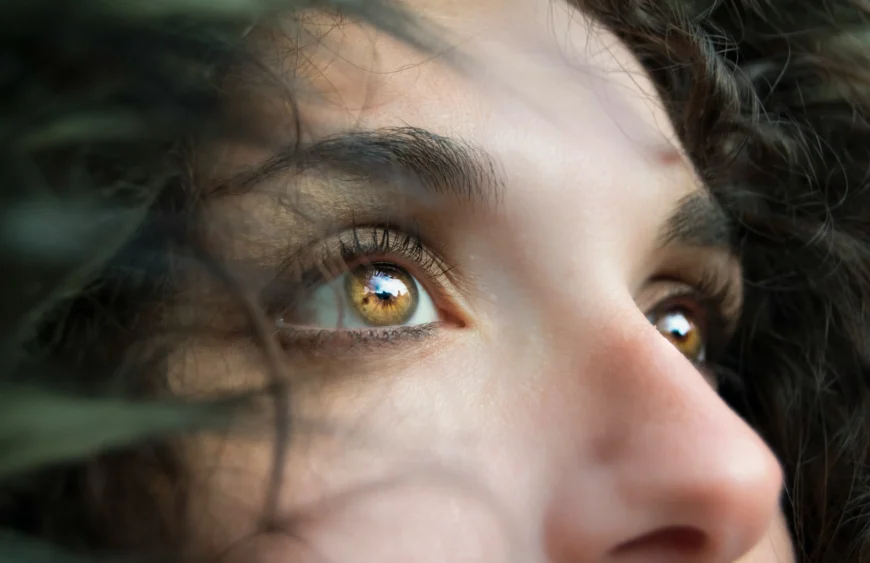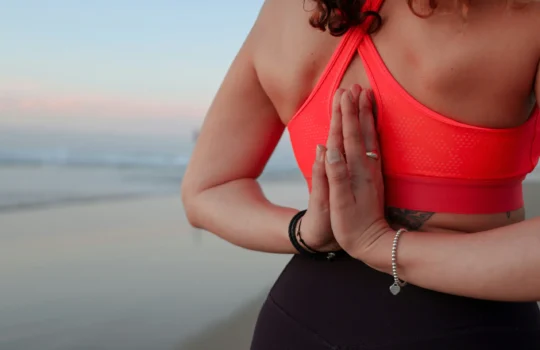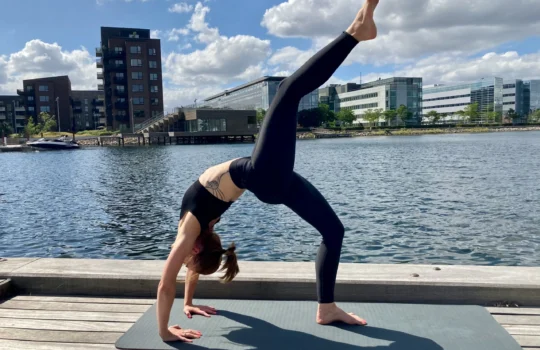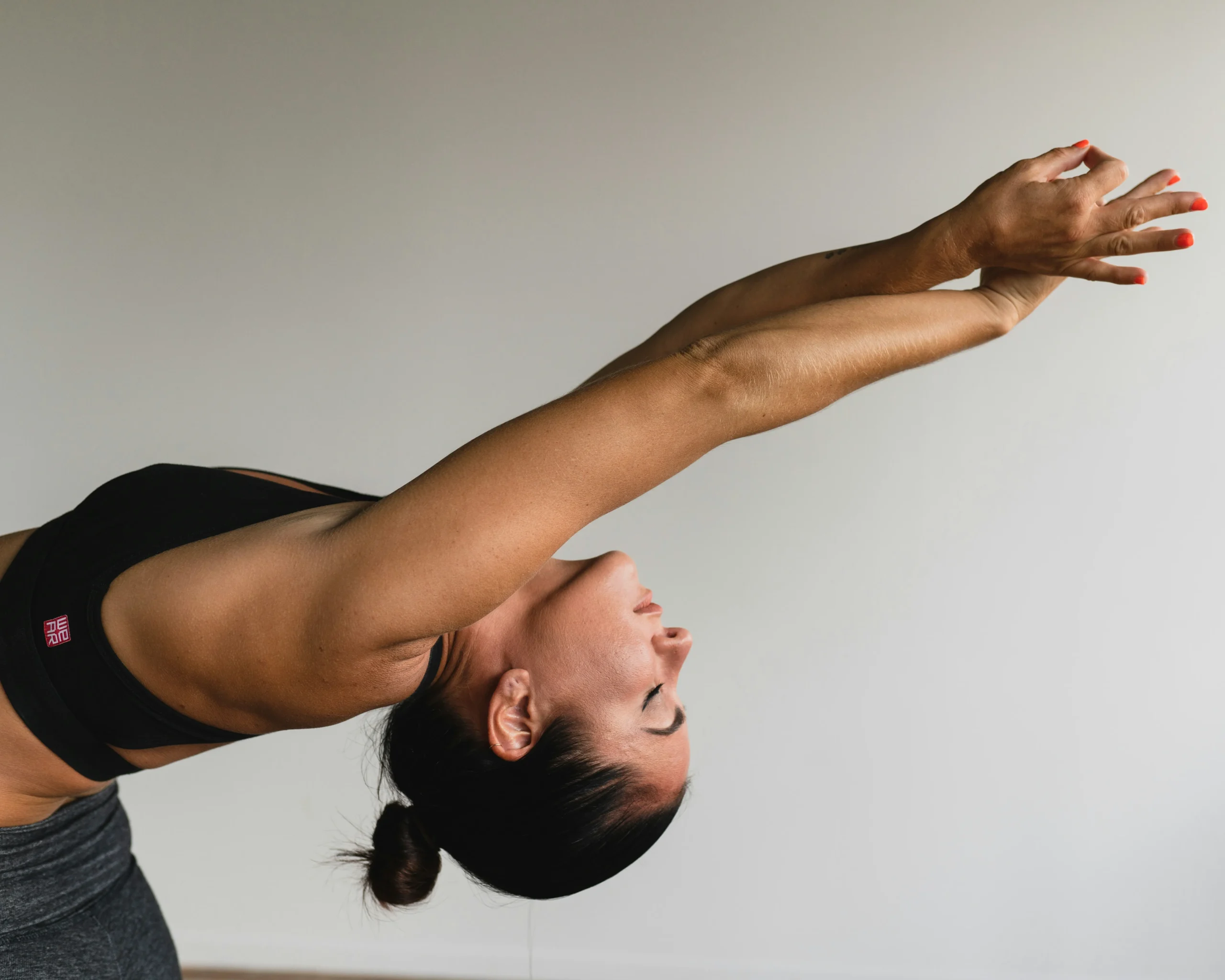In our modern, screen-dominated world, digital eye strain has become a common issue. Spending long hours staring at computers, tablets, and smartphones can lead to tired, dry, and strained eyes. Fortunately, yoga offers a natural and effective solution to help alleviate these symptoms. Let’s explore eight effective yoga poses for eyes that can help combat digital strain and improve your overall eye health.
Key Benefits of Yoga for Eyes:
- Relieves eye strain
- Improves focus
- Increases blood flow
- Promotes relaxation
Table of Contents
Understanding Digital Eye Strain
According to Canadian Association of Optometrists, digital eye strain, also known as computer vision syndrome, is a group of eye and vision-related problems resulting from prolonged computer, tablet, e-reader, and smartphone use.
What are the symptoms of computer vision syndrome?
- Blurry vision
- Double vision
- Dry eyes
- Red eyes
- Irritated eyes
- Tired eyes
- Watery eyes
- Headache
With the increasing amount of time we spend on digital devices, it’s essential to find ways to protect our eyes.
How Yoga Can Help Your Eyes
Yoga is renowned for its holistic health benefits, including its positive effects on eye health. By incorporating specific yoga poses for eyes, you can reduce eye strain, improve focus, and enhance relaxation. These exercises work by stimulating and strengthening the eye muscles, increasing blood flow, and promoting relaxation.
Do you want to sharpen your vision? Read more about 10 Amazing Yoga Exercises for The Eyes That Can Sharpen Your Vision.
Preparing for Eye Yoga
Before you begin practicing eye yoga, it’s important to create a peaceful environment free from distractions. Find a quiet space, dim the lights if possible, and gather any necessary equipment such as a comfortable chair or cushion. Remember to remove your glasses or contact lenses and wash your hands thoroughly.
Yoga Pose 1: Palming

Palming is a simple yet powerful exercise for relaxing the eyes. To perform Palming:
- Rub your hands together to generate warmth.
- Close your eyes and place your palms gently over your closed eyes without applying pressure.
- Breathe deeply and relax for a few minutes. Palming helps to soothe the optic nerves and relieve eye strain.
Yoga Pose 2: Blinking

Blinking keeps your eyes moist and helps reduce strain. Here’s how to do it:
- Sit comfortably and blink rapidly for 10-15 seconds.
- Close your eyes and relax for 20 seconds.
- Repeat this cycle 4-5 times. Regular blinking exercises can prevent dryness and improve focus.
Yoga Pose 3: Focus Shifting
Focus Shifting enhances your eyes’ ability to switch between near and far objects. Follow these steps:
- Hold your thumb about 10 inches from your face and focus on it.
- Slowly move your thumb away while maintaining focus.
- Shift your focus to an object in the distance.
- Repeat this process 10 times. This exercise strengthens the eye muscles and reduces strain.
Yoga Pose 4: Figure Eight
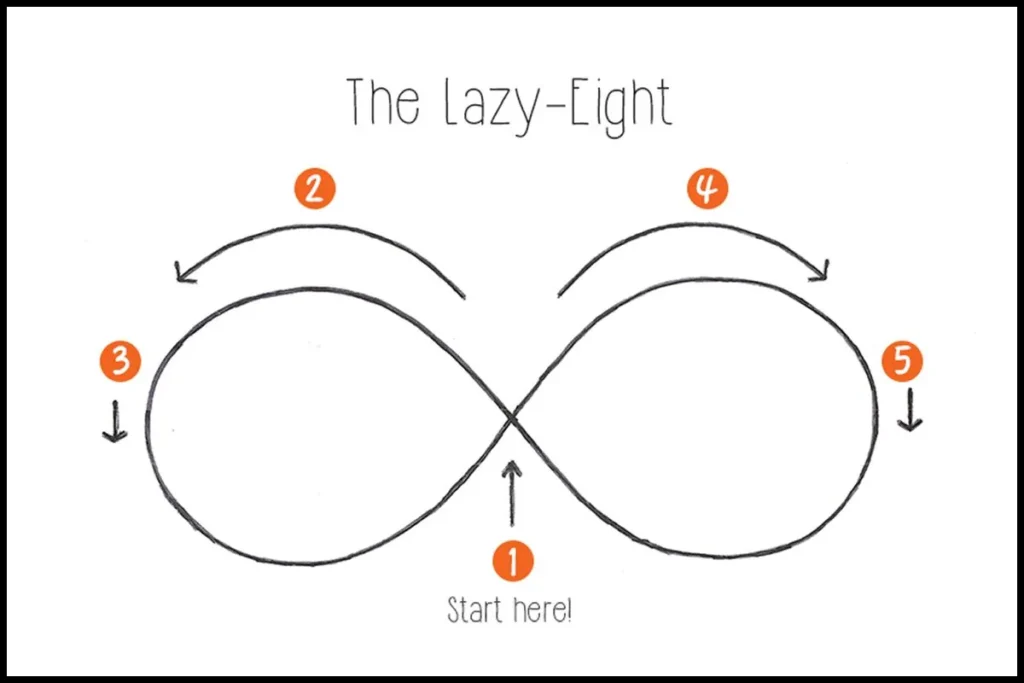
Figure Eight improves eye flexibility and reduces tension. Here’s how to perform it:
- Imagine a large figure eight on the wall in front of you.
- Trace the figure eight with your eyes slowly for 30 seconds.
- Change direction and repeat. This exercise helps to enhance eye movement control.
Yoga Pose 5: Near and Far Focus
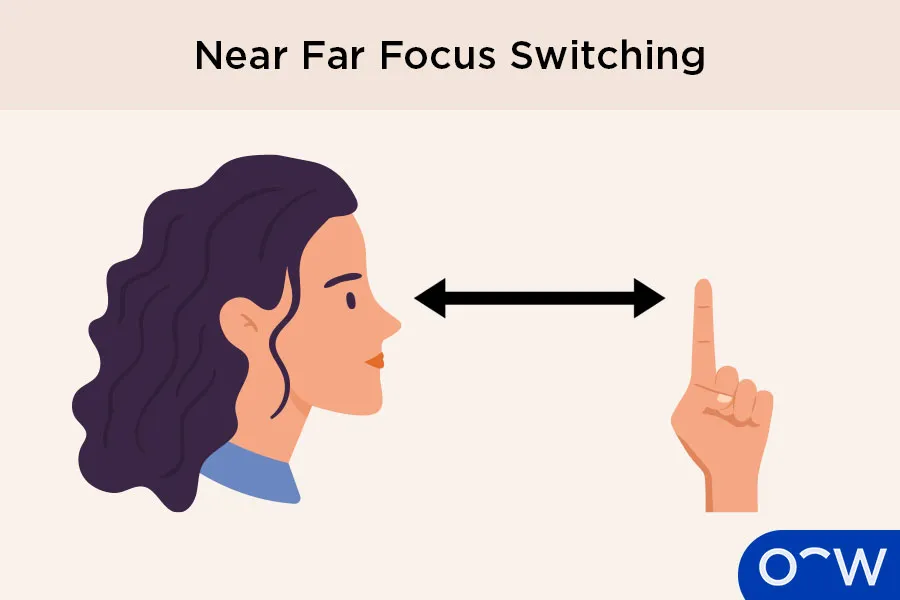
Near and Far Focus is excellent for eye muscle strength. Follow these instructions:
- Focus on an object close to you (about 6 inches away).
- After 15 seconds, shift your focus to something far away (at least 20 feet).
- Repeat this process 10 times. Practicing this exercise regularly can improve your ability to focus on different distances.
Yoga Pose 6: Eye Rolling
Eye Rolling increases eye mobility and relaxation. Perform this exercise by:
- Sitting comfortably and closing your eyes.
- Slowly roll your eyes in a circular motion clockwise 5 times.
- Reverse the direction and roll counterclockwise 5 times. Eye Rolling helps to lubricate the eyes and reduce tension.
Yoga Pose 7: Diagonal Viewing
Diagonal Viewing strengthens the eye muscles. Here’s how to do it:
- Look straight ahead.
- Move your eyes diagonally up to the right and then down to the left.
- Repeat 5 times and then switch to the opposite diagonal. This exercise is great for comprehensive eye muscle engagement.
Yoga Pose 8: Zooming
Zooming helps with focusing ability. Follow these steps:
- Stretch your arm out with your thumb up.
- Focus on your thumb as you bring it closer to your nose.
- Move your thumb back to the starting position while maintaining focus.
- Repeat 10 times. Zooming exercises can improve your ability to shift focus between near and far objects.
Integrating Eye Yoga into Your Daily Routine
To reap the maximum benefits, try to integrate eye yoga into your daily routine. Perform these exercises during breaks from screen time, in the morning, or before bed. Consistency is key to seeing improvements in your eye health.
Additional Tips for Reducing Digital Eye Strain
In addition to practicing yoga poses for eyes, consider making these lifestyle changes to reduce digital eye strain:
- Take regular breaks using the 20-20-20 rule: every 20 minutes, look at something 20 feet away for at least 20 seconds.
- Ensure your workspace is ergonomically set up to reduce strain on your eyes, neck, and shoulders.
- Adjust the brightness and contrast of your screens to comfortable levels.
Conclusion of Yoga Poses for Eyes
Yoga poses for eyes can significantly alleviate digital eye strain and improve overall eye health. By incorporating these eight effective exercises into your daily routine, you can combat the negative effects of prolonged screen time. Give these yoga poses a try and share your experiences in the comments below!
Read more about 10 Amazing Yoga Exercises for The Eyes That Can Sharpen Your Vision.

